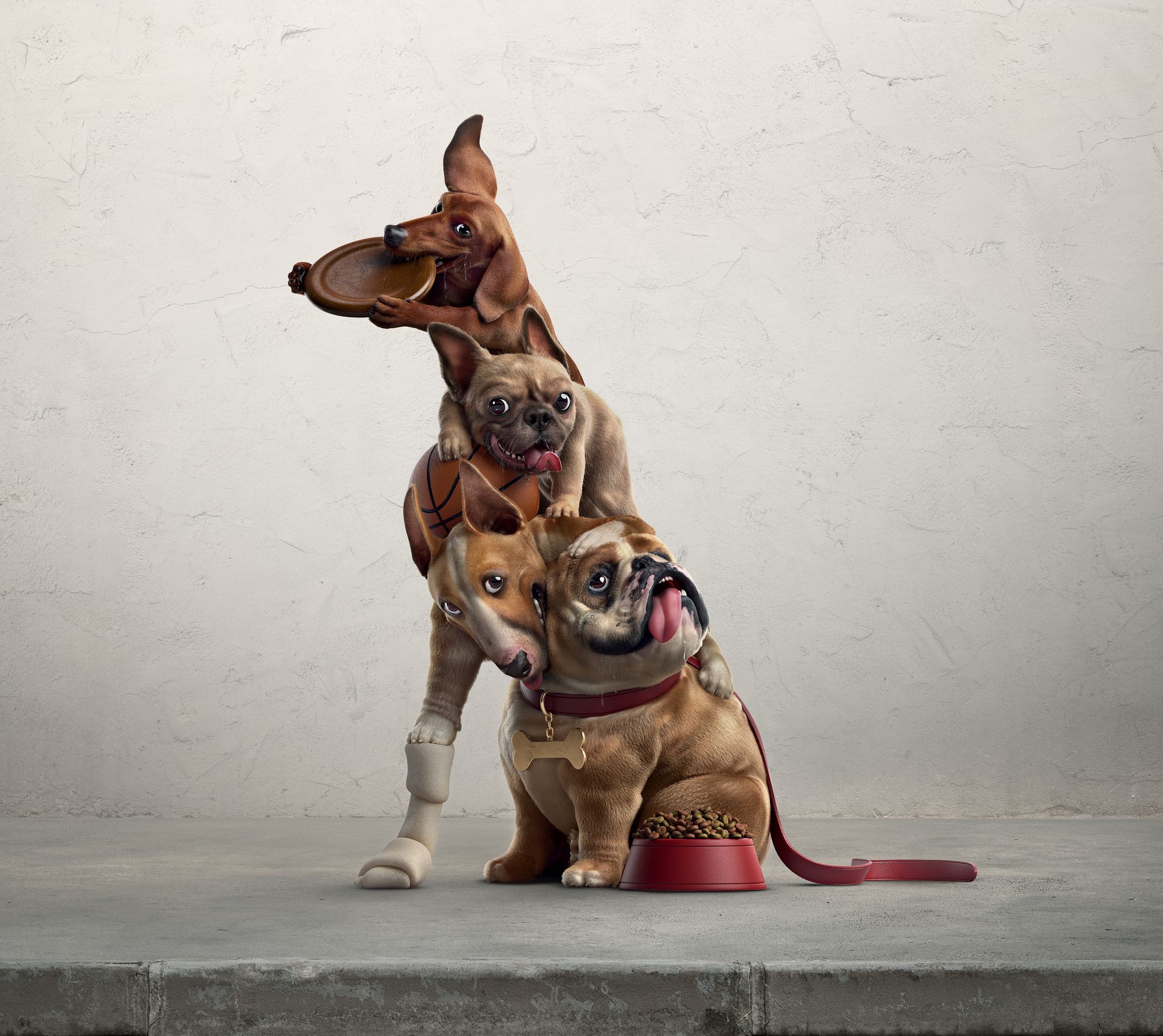A Tail-Wagging History: The Fascinating Journey & Science of Breeding Dogs
Dive into this article to uncover the riveting history and intricate science of dog breeding, exploring how this age-old practice has shaped our furry friends' diverse traits and personalities.

Dog lovers around the world adore their canine companions not only for their unwavering loyalty but also for their diverse characteristics, behaviors, and aesthetics. All these attributes, a product of centuries of careful selection and breeding, have created the multitude of dog breeds we know and cherish today. To truly appreciate our four-legged friends, we must dive into the fascinating history of dog breeding.
Early Dog Domestication
Dogs' journey alongside humanity begins with their domestication from wolves, an event believed to have occurred between 20,000 to 40,000 years ago. Scientists theorize that wolves drawn to human camps for scraps gradually evolved into a separate species – Canis lupus familiaris, our modern dogs. These early domestic dogs, selected primarily for their utility, helped humans hunt, guarded settlements, and even performed tasks like herding and pulling sleds.
The Birth of Breeds
The emergence of distinctive breeds didn't occur until thousands of years later. Ancient civilizations, such as the Egyptians and Romans, started selectively breeding dogs for specific traits. Egyptian artwork depicts hounds with long, slender bodies and erect ears, likely predecessors to modern Greyhounds or Pharaoh Hounds. The Romans, too, bred dogs for various purposes, with Molossus, used in warfare and hunting, being one of the most notable breeds.
Early Middle Ages to the Renaissance
In the Middle Ages and Renaissance period, dogs' roles further diversified due to changes in social and economic conditions. Nobles and royals bred dogs for sport and companionship, leading to the development of breeds like Irish Wolfhounds and Italian Greyhounds. The lower classes, however, bred dogs for practical reasons like ratting and herding. Breeds like Terriers and Collies came into existence during this time.
Victorian Era: The Dog Breeding Boom
The Victorian era (1837–1901) witnessed a significant boom in dog breeding, where it transformed from a practical pursuit to a symbol of status and prosperity. The first formal dog shows took place in this period, with the inaugural British conformation show in 1859 marking a turning point in canine history. These shows, focusing on aesthetics over utility, significantly influenced the direction of dog breeding.
It was during this era that pedigree and breed standards became prominent. The Kennel Club in Britain, established in 1873, and the American Kennel Club (AKC), founded in 1884, created breed standards that outlined the ideal physical and behavioral traits of each breed. Breeds like Bulldogs and Poodles, which we know today, came into their modern forms during this time.
The 20th Century and Beyond
During the 20th century, dog breeding reflected societal changes. After World War I and II, with economies rebuilding, smaller breeds gained popularity due to urbanization and changes in living situations. Breeds like Dachshunds and Yorkshire Terriers, more suited to apartment living, increased in popularity.
In the late 20th and early 21st centuries, the emphasis of breeding has gradually shifted toward health and temperament, in response to growing concerns over breed-related health issues. Designer breeds like Labradoodles and Cockapoos emerged, bred to combine the favorable traits of two breeds, and often to reduce genetic health problems.
Moreover, breed-specific legislation and rising awareness about animal welfare have impacted the dog breeding world. Many breeders now focus on ethical practices, prioritizing genetic diversity, health screenings, and excellent living conditions for their dogs.
Challenges and Controversies
Dog breeding is not without its controversies. Critics argue that the focus on aesthetics has led to exaggerated features in some breeds, resulting in serious health issues. For instance, Brachycephalic breeds like Pugs and Bulldogs often suffer from breathing problems due to their shortened snouts. There are also concerns over puppy mills, where dogs are bred in poor conditions for profit.
Looking to the Future
Today, advancements in genetic testing are allowing breeders to make more informed decisions, thereby improving breed health and reducing genetic disorders. Dog breeds continue to evolve, driven by a combination of human preferences, changing societal needs, and advances in scientific understanding.
The history of dog breeding is as complex and diverse as the breeds themselves. From the earliest days of dog domestication to the carefully curated breeds we have today, this journey reflects our own human history, our evolving societies, and our enduring relationship with man's best friend.
As dog lovers, the knowledge of this history enables us to better appreciate the diversity and individuality of each breed. But it also underscores the responsibility we carry in ensuring that dog breeding prioritizes the health, happiness, and welfare of our beloved canine companions. The future of dog breeding promises continued advancements, driven by our love for dogs and commitment to their well-being.


